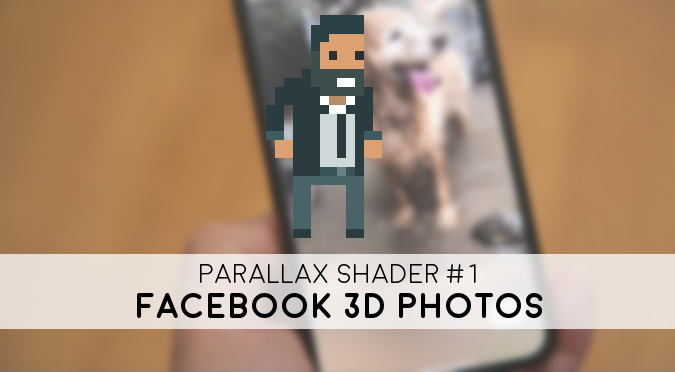
In the previous part of this series, Inside Facebook 3D Photos, we have explained how modern mobile phones are able to infer depth from pictures. Such a piece of information is stored in a depth map, which is used for a variety of effects. From blurring the background to three-dimensional reconstruction, this type of technology will become more and more present in our daily lives.

This is a two-part series. You can read all the posts here:
- Part 1. Inside Facebook 3D Photos
- Part 2. Parallax Shaders & Depth Maps
A link to the complete Unity package is available at the end of the tutorial.


